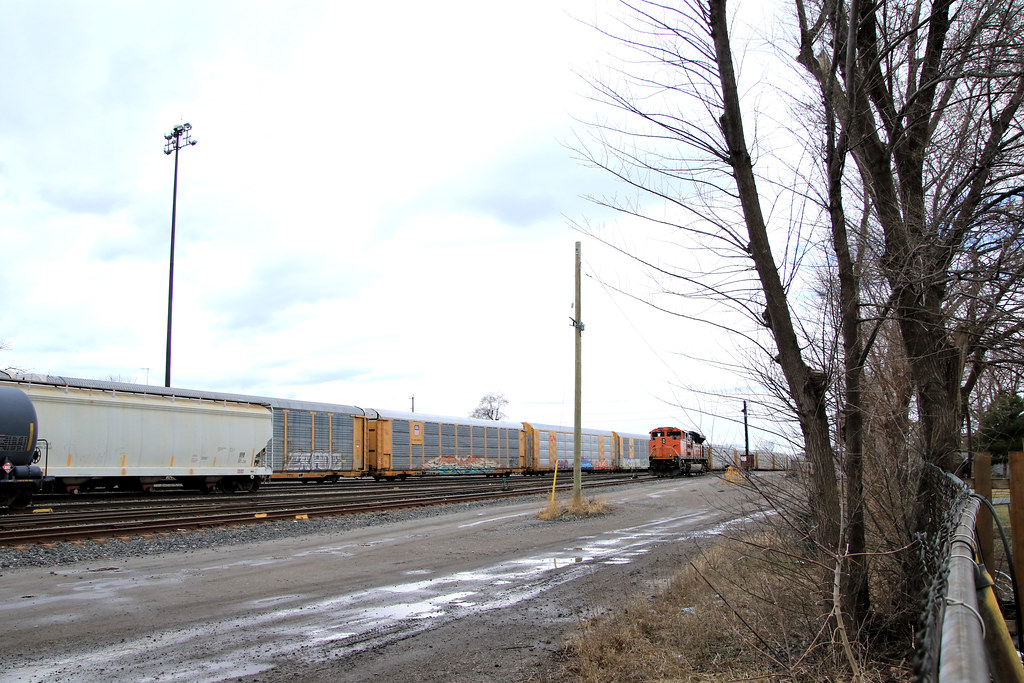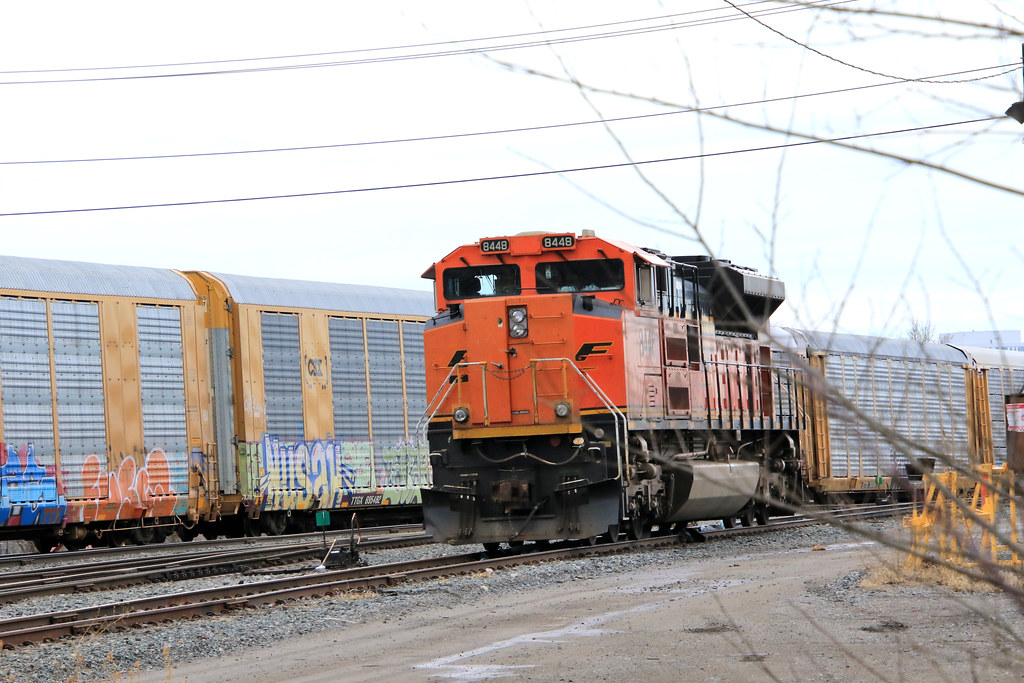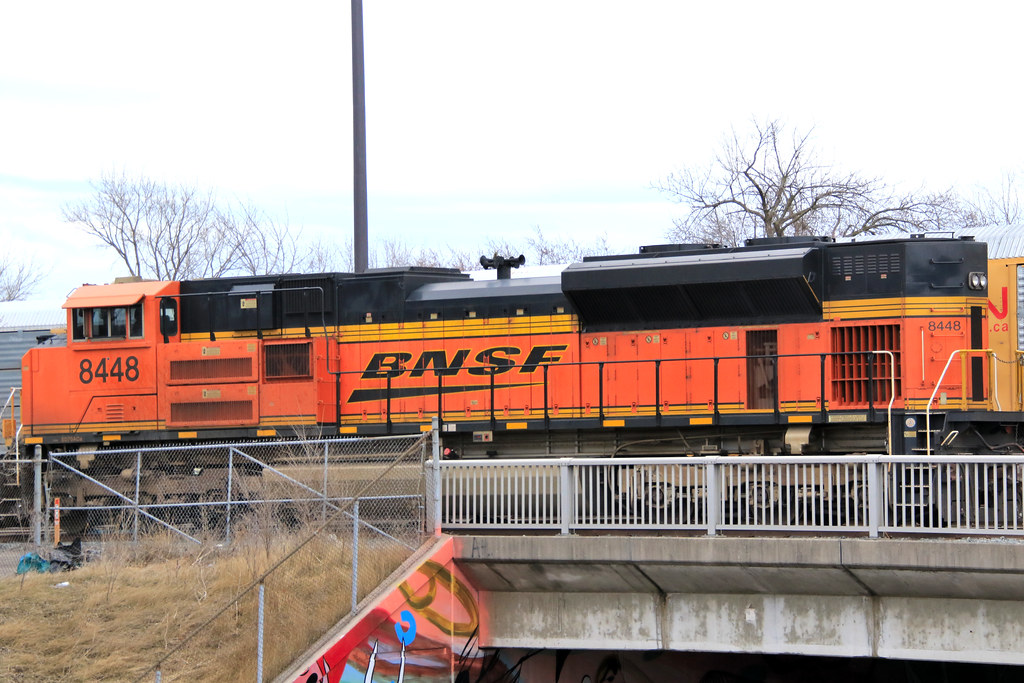smallspy
Senior Member
How would you implement these "sealed cars"? In most other places, the cars are locked and so can't be accessed from the rest of the train, but for safety reasons Transport Canada will not allow that anymore. It has to be either all or nothing - all cars sealed (and so the train doesn't make any intermediate stops), or none of them sealed.The ideal for cross border train travel would be "sealed" train cars which speed up pre-clearance. Allow passengers from Toronto to clear at Union, and enter a sealed train car. Any passengers heading to the US who board between Toronto and the border (say, at Oakville or Hamilton), could enter a different "sealed" car which only allows boarding, with an on-board customs officer clearing these people. By the time the train gets to the border, hopefully most have cleared and the stop is minimal to clear any stragglers. After crossing the border, these train cars can be "unsealed" and operate as normal, with American passengers being able to purchase tickets in the cars.
For the opposite direction, the opposite case. Have a customs officer travel from NYC to Niagara Falls on a "sealed" car or two, clearing anyone who boards the car. Those making domestic trips have unsealed train cars they can use.
If there are any issues with passengers which can't be cleared prior to the border, they get ejected at Niagara Falls for further clearance and have to take the next train to complete their trip, be it a GO train or another domestic Amtrak train.
Dan









